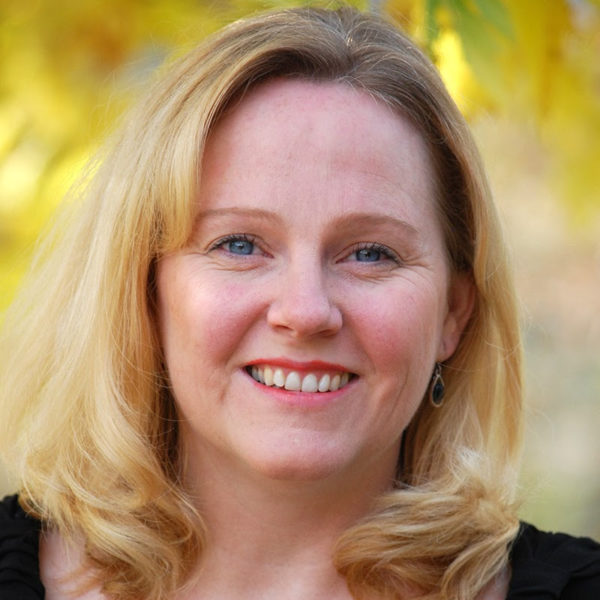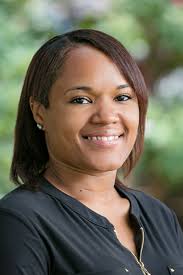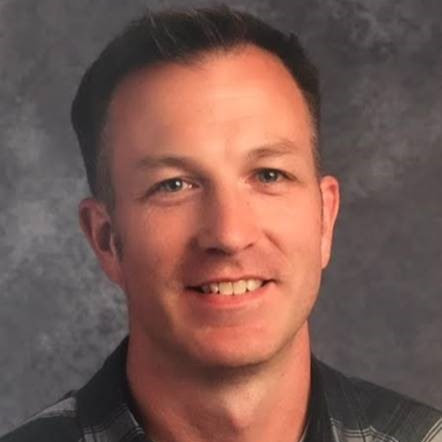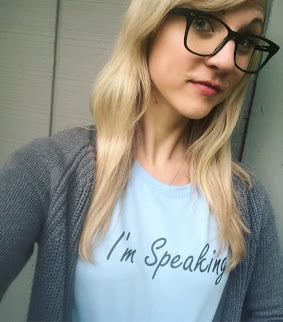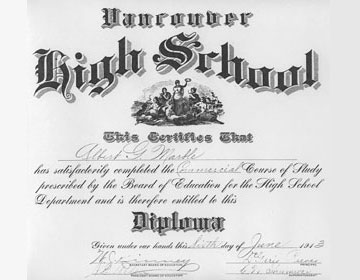I’ve hosted dinner parties in the last couple of weeks with fully vaccinated friends. It’s been delightful to see people again, face to face!
So many of those adults shared stories of how hard this year has been, how much they’ve struggled, how exhausted they are. We’ve talked about the need to rest. To recuperate. To do art and music and get exercise. To stop pushing to get everything done.
Then I think about the kids returning to—possibly—full time school next year. And two SBA tests. (Lord have mercy! Why couldn’t we just acknowledge that this was a horrifically bad year and drop one test entirely?)
I heard an interview with a psychologist on the news the other day who said we won’t be able to “return to normal.” We will have to transition. It will be a process. It will take time.
Personally, I think we will have to focus on social and emotional learning (SEL) at least as much next fall as we have during remote and hybrid learning. For several reasons, “many students will need increased mental health support as they transition back into a full-time academic environment, and as they struggle to manage grief, anxiety, or other emotional responses to recent events.” We are going to need to monitor students, not just in the first weeks of school, but for months. Our schools will need a response plan in place for the year. We need resources and more resources.
One year I had a student die. I led my students through their grief. We wrote cards to the parents. We attended the memorial service together. We had an assembly. We planted three trees and set a plaque in the garden in memory of their friend.

It was A Big Deal when we changed desks a few weeks later. As everyone cleaned their desks, I cleaned out Kyle’s. When we moved desks, I made sure his was in the mix. No one knew who ended up with his desk.
“Wait, where’s Kyle’s desk?”
“It’s gone,” the kids said.
“Like Kyle’s gone,” someone added.
“Kyle will never be gone,” was the fierce reply.
We read some short stories at the end of the year that elicited yet another highly emotional response and discussion. Kyle had died months earlier.
We are going to have classroom full of students who have lost a family member or a family friend—someone they know. Imagine the compounded grief and the emotional echoes that will reverberate all next year.
I know how long trauma can linger in a classroom. I’ve seen it.
This year I’ve had parents call me, in a twist, worried that their child will be academically behind next year. I’ve said, “No, they won’t. The entire country went through the same pandemic. Everybody’s kids struggled with remote learning and Zoom lessons and connectivity issues. Your child won’t be ‘behind’ because everyone will be set back the same amount.” The parents breathe a sigh of relief.
On the other hand, I’ve had parents tell me that they aren’t pushing their kids to achieve this year. If the kids get their work turned in—eventually—the parents really couldn’t care less about the quality. I tell those parents that I understand. There is a limit to what we (teachers/schools/districts) can expect out of families when everyone is overwhelmed.
I think the very worst thing we could do next fall is walk in the door with the attitude that all our students are months and months behind and we have to get them all caught up in the space of the next nine months. “If we don’t get them caught up next year, we will have failed.” Even worse: “If they don’t get caught up, they will have failed.” “Failure is not an option!” Buckle up, kids, it’s pedal to the metal from the first day of school!
Adding that level of stress to kids—and their parents—will be a disaster. We don’t need to be in launch mode. We need to be in recovery mode.
Instead of looking at the students who come into my fifth-grade classroom next year as “fifth” graders, I need to look at where they are. I may actually have a class of “fourth” graders, in terms of achievement. I need to start there and work forward at a reasonable pace.
Meanwhile, next year I should do art (therapy), music (therapy), and poetry (therapy). I want kids to journal, sharing their experiences, their stories, and their feelings.
I want them to heal.
According to my husband, who chairs a coworking community group, business people are doing that kind of social-emotional work right now. Adults recognize how important that work is—for adults. Kids are going to need extra SEL support next year too.


